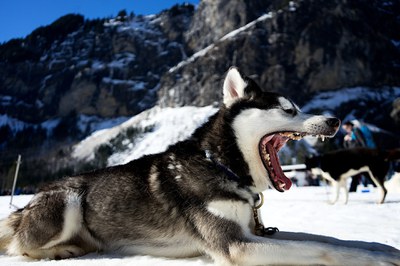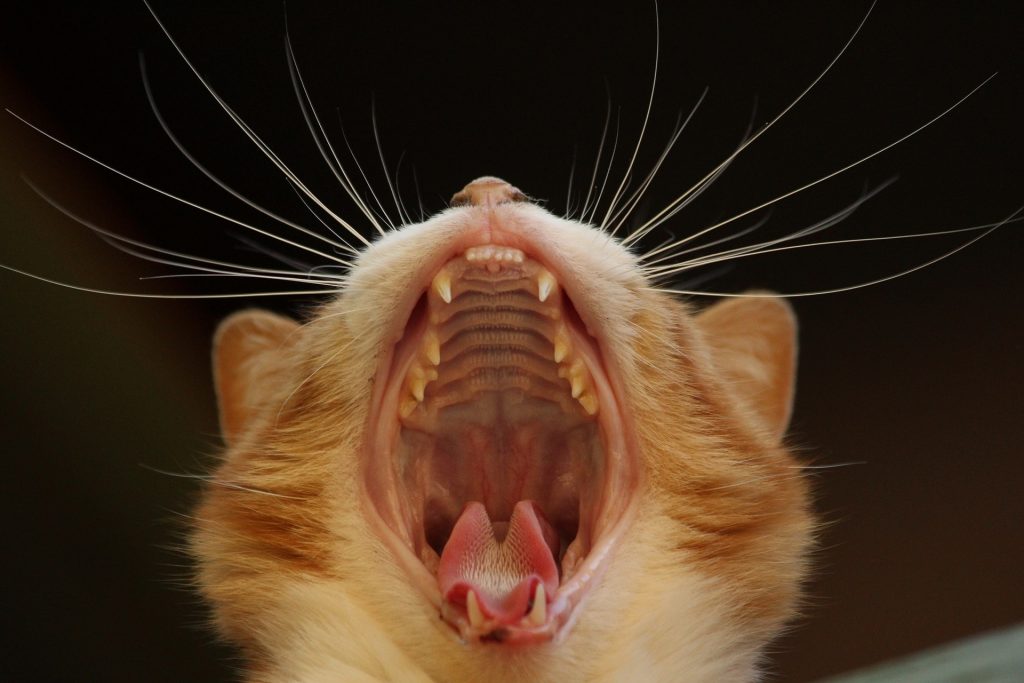You can tell a lot from a smile. Teeth are one of the distinguishing characteristics of class Mammalia. There are roughly 5,000 species placed in 26 orders. And if you were to only have the fossilized teeth of these creatures, we could still construct a classification nearly identical to the one we have now which is based on all anatomical features. That’s some set of choppers!
So varied are the teeth of mammals that if you know its dentition then you can understand its way of life. I took mammalogy while in graduate school. While we studied all orders and families, what I remember most is not the antlers are the most widely recognized characteristic of the Cervidae family or that the Muridae family includes 65% of all living species of rodent (the largest mammalian order) but what we covered in chapter 2 – if you have a skull, teeth can tell you everything you need to piece together that animal’s life. It has served me well.
You can thank natural selection for that. It favors the efficient! Time spent chewing your food has its costs. Who wants to spend energy chewing when you can be out looking for more food? And let’s not forget, if you’re concentrating on chewing, you are vulnerable to those that might chew on you! No wonder evolution has given mammals such storybook teeth.
How, you ask, can teeth tell you anything about an animal’s life?
Let’s dissect the anatomy of teeth. Brachyodant are short-crowned. Most mammals have these. Hypsodont are high-crowned teeth. That’s what most herbivores have because of the constant abrasion from dirt on their food. Molars can be described as bunodont, lophodont, or selenodont. Bunodont molars have cusps that form separate, rounded hillocks that crush and grind food – think pigs and people. Lophodont (cusps form ridges) and selenodont (cusps form crescents) molars finely section and grind vegetation – think herbivores. Canines are used for piercing and holding, and incisors are mainly for snipping and biting. White-tailed deer, for example, lack upper canines (most of the time!). They are kind of pointless in their line of work (even if they occasionally snack on a bird or two).
So just by looking at the molars, you can determine the main food source of a critter.
Why am I waxing on and on about teeth? Well, they are cool. Sure, everyone can ID a deer when it’s running through the woods. But what if you are traveling and there are no deer and you find a jaw? You can narrow down your list of potential suspects by knowing a little bit about teeth.
But what prompted my dissertation on my fascination with teeth was a story about fish-eating wolves. The article noted the varied diet of wolves which included deer, moose, beaver, blueberries, and now fish. While I found the video of the fishing wolf incredibly cool, I wasn’t surprised. This was no revelation to me. Why? Because I know the dentition of canids!

CC0 – https://pixabay.com
While canids are in the order Carnivora, they are NOT the most carnivorous of the bunch. Compared to say felids, canids have more stuff on their menu. Felids have fewer teeth which are sharper; larger canines; and have no flat surfaces for any kind of grinding. Cats are essentially flesh eaters. Obligate carnivores! Unlike “dogs” which can mix it up by being scavengers, fruit eaters, or fishermen.
The next time you come across a jaw bone in the woods or gaze at the handy work of a beaver or play tug-o-war with your dog, take a minute to marvel at those pearly whites and how truly special they are.
Wildlife Biologist
If you would like to receive email alerts of new blog posts, subscribe here.
And Follow us on Twitter @WTDresearch
